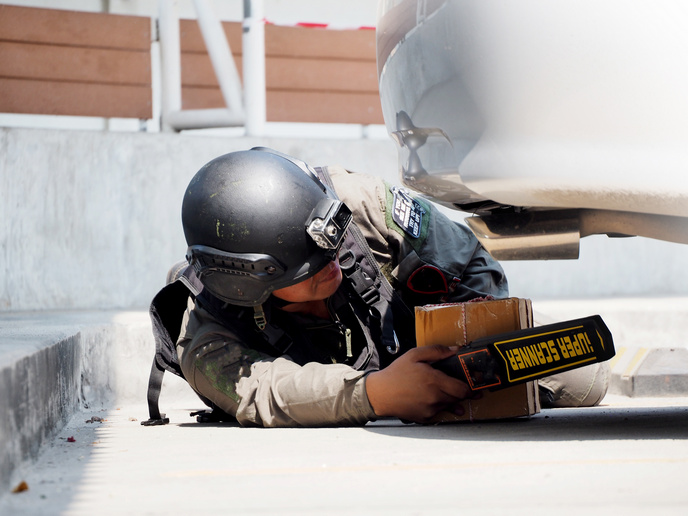A coordinated solutions-led approach enhances public transport security
Numerous terrorist attacks around the world have been committed on public transport, resulting in the death of many civilians. Effectively policing public transport environments carries a number of challenges for authorities. Maintaining the fast flow of people limits options for security check, such as at ticket barriers. Unlike entry to public events or airplane travel, the range of permissible luggage is harder to curtail. Additionally, the time lag between a terrorist entering a station or boarding a train and committing an attack is often too short for preventative action. The EU-funded PREVENT(opens in new window) project brought together public transport operators, police forces and public authorities to create a framework for defining their common challenge. This framework modelled security processes across different scenarios to identify specific enhancements necessary to increase public safety. “Our work covered the full value chain from prevention to detection and mitigation looking at technological, organisational, operational, economic, privacy and regulatory needs and resources,” says project coordinator Youssef Bouali from the Engineering Ingegneria Informatica Group(opens in new window). As well as a series of practical protocols, one of the legacies of the project was the establishment of a PREVENT User Observatory Group to provide a dedicated forum for a community of practitioners and stakeholders.
Mapping needs against solutions
PREVENT refined 12 public transport security threat scenarios down to six of highest priority. These were: unattended item in a train station; reconnaissance before an attack; mass shooting in a train station; attack with a suicide vest in a subway; terrorist crossing different European borders; and sabotage of tracks. The project created an inventory of the solutions currently deployed against each of these scenarios. A gap analysis was undertaken to identify market solutions and research which had been hitherto unknown or overlooked. “While I can’t elaborate on specific operational details, we matched security needs to innovations which fitted available financial resources. We quantified potential benefits and started to develop a model of shared procurement to maximise these benefits,” adds Bouali. The group conducted a market analysis of both solutions and suppliers, including searching IPR and patent databases. Reflecting the maturity levels of these innovations, a roadmap was created and indicated when solutions could be adopted. The assessment of potential solutions also took into account issues such as interoperability standards, regulatory frameworks, along with privacy and data protection provisions in light of the GDPR(opens in new window). The highest priority innovations for solving the common security challenge were selected and a Pre-Commercial Procurement(opens in new window) (PCP) exercise started, which included a public buyers’ group for shared risk. One example was the selection of video analytics algorithms to detect items left in public spaces. These technologies can match owners to items, tracking the movements of owners who don’t reclaim within a specified time, thus triggering a security response.
Pooling resources
“The security scenarios and the final common security challenge were agreed by the project participants, and members of the Observatory Group,” explains Bouali. “Our approach will lead to the faster uptake of potential security solutions and more efficient use of public money by pooling resources.” To advance the work, the team have already applied for funding under the EU’s Strategic PCPs of innovative, advanced systems to support security(opens in new window). If approved, the EUR 13 million project over 36 months will involve 25 transport operators and practitioners, allowing them to co-develop, test and implement potential solutions. The team has also already secured 13 public buyers(opens in new window) to co-fund the procurement.







